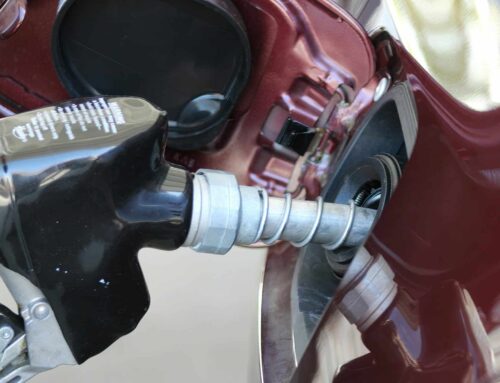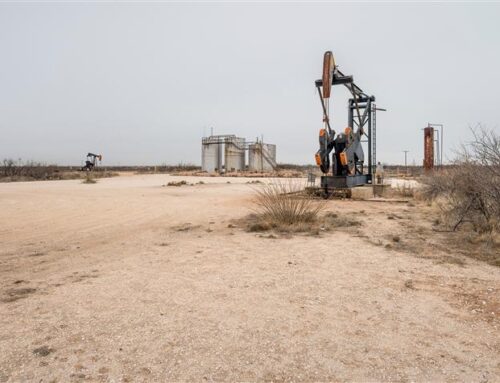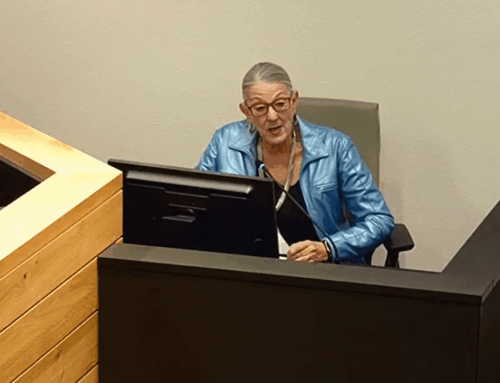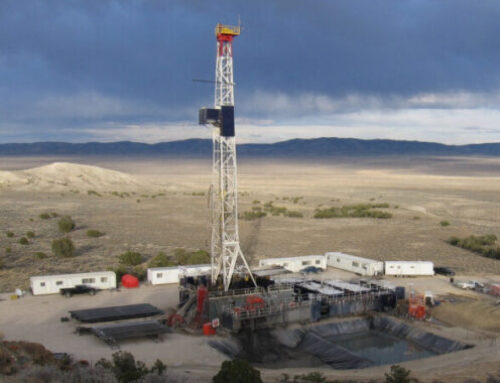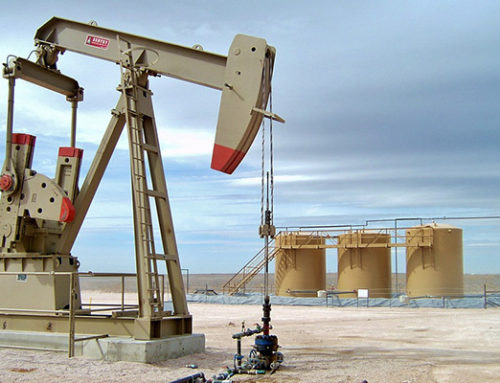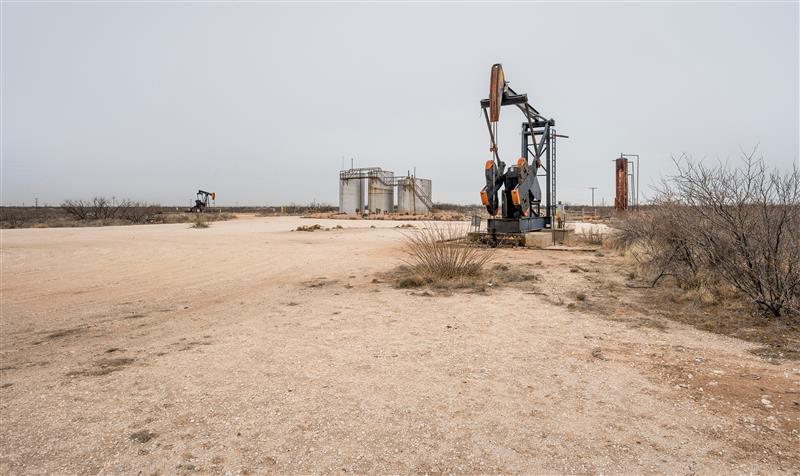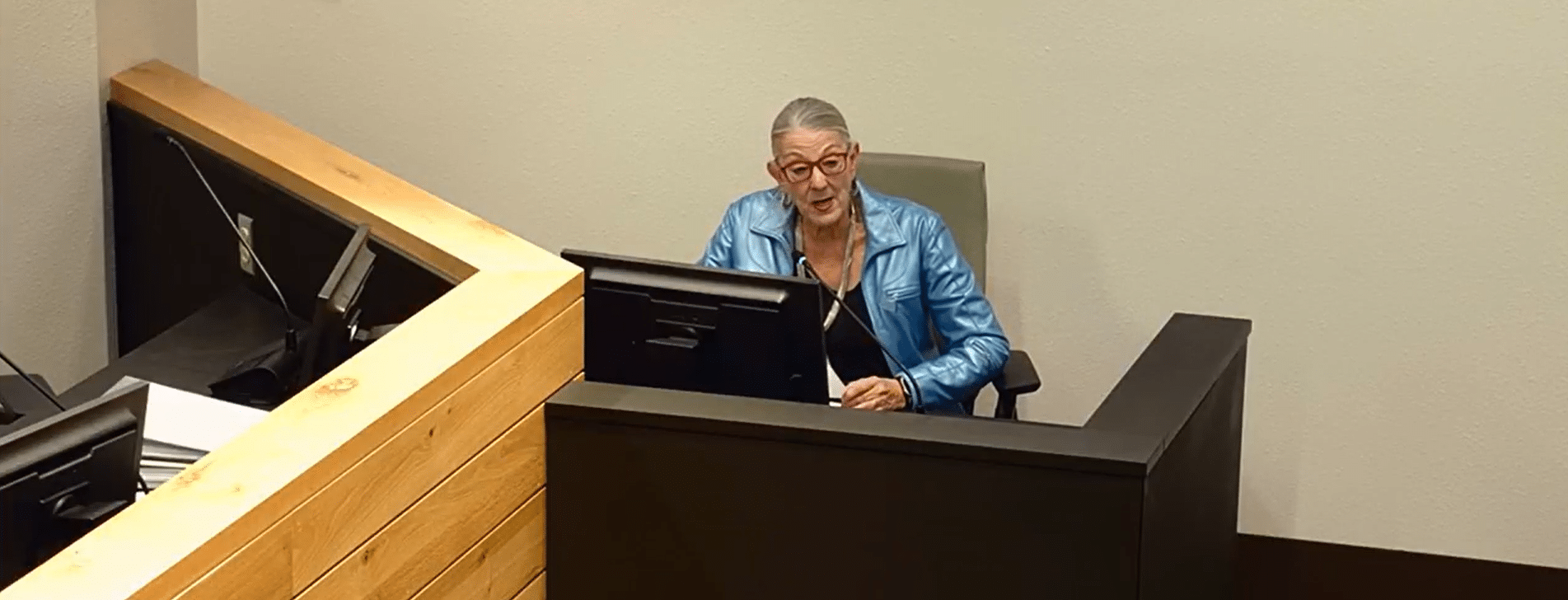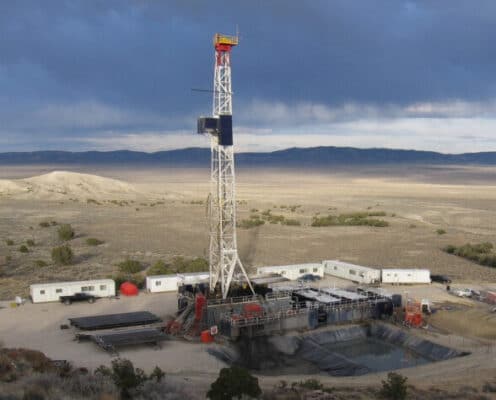On September 19, the House Committee on Natural Resources held an oversight hearing titled “Examining the Biden Administration’s Mismanagement of the Federal Onshore Oil and Gas Program.” The hearing had 5 witnesses: Mike Nedd, Deputy Director, Bureau of Land Management (BLM); Kathleen Sgamma, President, Western Energy Alliance; Bill Novotny, President, Wyoming County Commissioners Association; Dr. Barbara Vasquez, Citizen Scientist and Advocate, Western Organization of Resource Councils; and Nagruk Harcharek, President, Voice of the Arctic Iñupiat.
In the first panel, Deputy Director Nedd testified on the current state of the federal onshore leasing system, including the recently proposed onshore oil and gas leasing rule and the rescission of the remaining seven federal leases in the Arctic National Wildlife Refuge.
The Bureau of Land Management’s proposed rule seeks to codify recent reforms passed by Congress last summer to the onshore oil and gas leasing system. These reforms include updating the royalty rate, rental rates, and minimum bid, as well as eliminating noncompetitive leasing. The proposed rule would also update federal bonding requirements, which are funds oil and gas operators on federal lands are required to post to ensure that the cleanup of oil and gas wells is paid for after operations cease. According to the Department of the Interior, it costs roughly $71,000 to plug and clean up an orphaned well, yet the Government Accountability Office reported that the agency held an average value of $2,122 per well in bonds in 2019 – leaving taxpayers with millions of dollars in liabilities for abandoned wells scattered across federal lands.
The proposed rule also seeks to direct oil and gas development to areas with the highest development potential and prevent development in areas with important environmental and cultural resources. Historically inadequate federal oil and gas leasing policies have allowed speculative interests to purchase leases on federal lands at low prices. These speculative practices can limit the use of federal land for other uses, and is particularly evident in Nevada.
During the hearing, Representative Lee (D-NV) cited TCS’s recent report on the onshore federal oil and gas program in Nevada and how it has failed to ensure taxpayers a fair return on the valuable resources we all own.
“… Taxpayers for Common Sense recently did their own deep dive into the onshore federal oil and gas program. And, once again, I would like to ask would anyone know or be able to guess what percentage of oil and gas leases issued in Nevada since the 1950s have ever actually produced oil or gas? Again, I’ll help you with that answer, it is 0.3% since 1953. Or 72 out of 22,141 leases issued in the last 70 years. Not 3%. Not 30%. 0.3% producing leases. These findings make it painfully clear that Nevadans are not getting anywhere close to a good return on investment with this program as it exists. Nor are the American taxpayers, who have lost $34 million from outdated and below-market leasing terms in Nevada just in the last decade alone.”
Dr. Barbara Vasquez, Colorado landowner and board member of the Western Organization of Resources Councils, highlighted the orphan well crisis on federal lands in her testimony. As she noted, the extent of the problem is unknown, partially due to poor record keeping at the Bureau of Land Management and differing definitions on when oil wells technically become orphaned. Because of this, taxpayers have no way of knowing the exact cost we already face to reclaim existing orphan wells.
Dr. Vasquez cited an estimate of 2,100 orphan wells on federal lands, as indicated in a recent testimony by BLM. But last year, BLM also estimated a very different number – 15,000 orphaned wells on public lands. Another witness, Ms. Sgamma, President of Western Energy Alliance, cited the 296 orphaned wells documented on just BLM-land in 2019, although this number does not capture the documented and undocumented wells on other federal land. Additionally, Dr. Vasquez underscored that there are thousands more wells currently sitting idle – 2,300 of which have been idle for more than 25 years – and may be left to taxpayers to reclaim.
Dr. Vasquez noted that under the current leasing system, oil and gas operators on federal land do not have the financial incentive to clean up wells after operations cease. The new bonding requirements included in BLM’s proposed rule would raise rates that have remained unchanged since the 1960s.
The hearing also addressed the recent decision by the Department of the Interior (DOI) to rescind the remaining federal oil and gas leases in the Arctic National Wildlife Refuge. On September 6, DOI announced the cancellation of the remaining seven leases held by the Alaska industrial development enterprise association, a state corporation of Alaska, citing legal concerns with the previous Administration’s environmental impact assessment for the sale.
When the Arctic Refuge oil and gas leasing program was first passed in 2017, taxpayers were promised $1 billion in revenue. However, after the first lease sale in 2021, which returned only $16.5 million total in revenue, it was clear that leasing in the Arctic Refuge had far less revenue potential for taxpayers. Since the initial lease sale, the two only private entities that bought leases rescinded their claims within months of receiving them.
For more information on the Bureau of Land Management’s Proposed Rule:
- Our Take: Department of the Interior New Rule on Oil and Gas Leasing
- Comments to the Department of the Interior on Fluid Mineral Leases and Leasing Process
- Federal Onshore Oil and Gas Leasing Process 101
- Oil and Gas Bonding on Federal Land
For more information on leasing in the Arctic Refuge:

